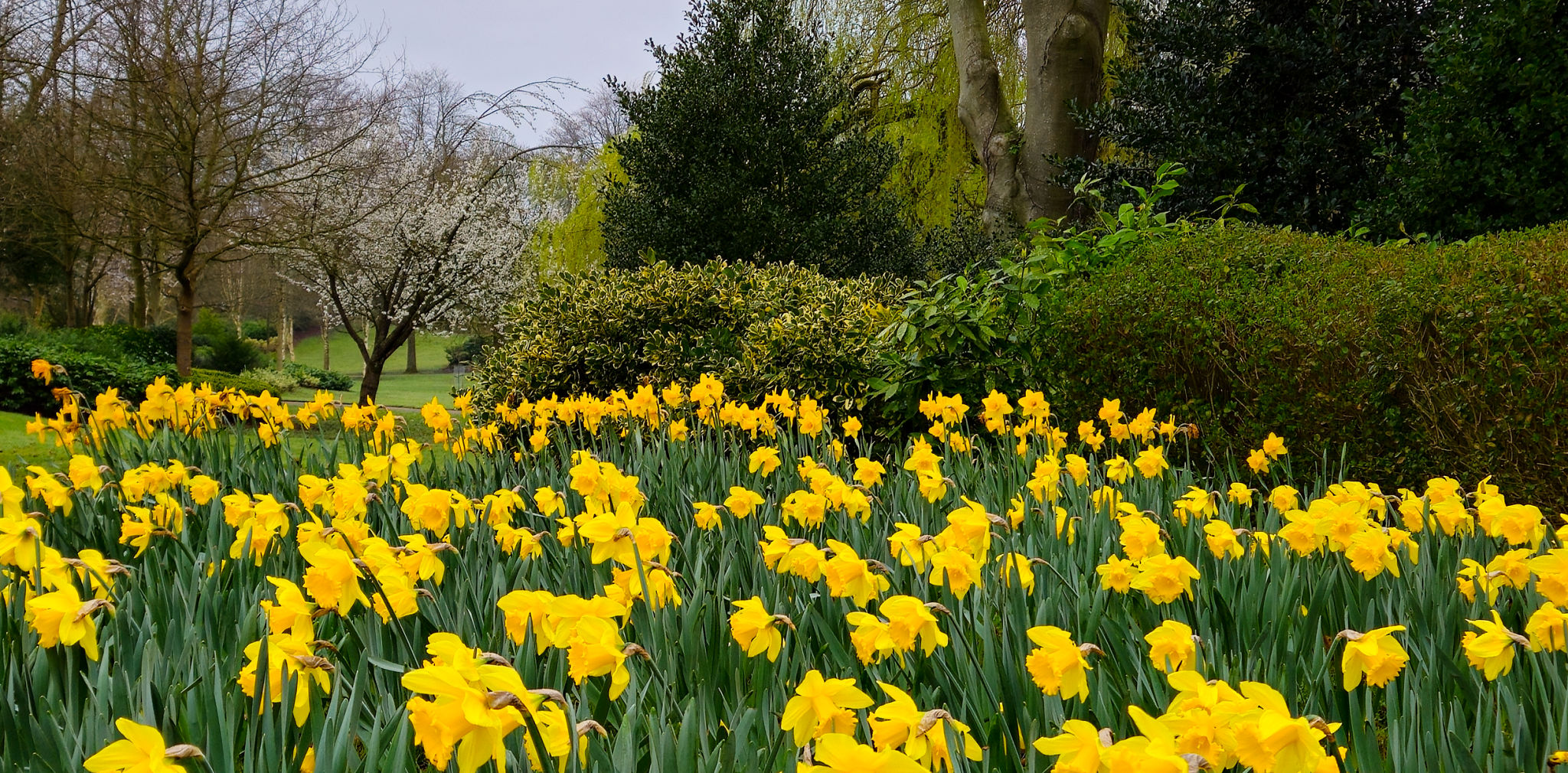Common Landscaping Mistakes and How to Avoid Them
Overlooking Soil Quality
One of the most common mistakes in landscaping is neglecting soil quality. The health of your plants largely depends on the soil they are rooted in. Poor soil can stunt growth and lead to unhealthy plants. To avoid this mistake, test your soil to understand its composition and nutrient levels. Amend the soil with appropriate fertilizers or organic matter to improve its quality.

Choosing the Wrong Plants
Selecting plants that are not suited to your climate or soil type is another frequent error. It's important to choose species that thrive in your specific environment. Consult with local gardening experts or do some research to understand which plants are best suited for your area. This ensures a lush and sustainable garden.
Ignoring Plant Spacing
Proper plant spacing is crucial for their growth and aesthetics. Overcrowding can lead to competition for nutrients and sunlight, resulting in weaker plants. Always adhere to recommended spacing guidelines for each plant type. This not only promotes healthy growth but also prevents diseases by improving air circulation.

Improper Watering Techniques
Watering is essential, but the technique and frequency are key. Overwatering or underwatering can harm plants, causing root rot or dehydration. Install an irrigation system if possible, and tailor your watering schedule to your plants' needs. Mulching can also help retain soil moisture, reducing the need for frequent watering.
Neglecting Maintenance
Once a landscape is established, regular maintenance is vital. This includes pruning, weeding, and fertilizing. Neglecting these tasks can lead to overgrown plants and a disorganized appearance. Set a maintenance schedule to keep your landscape looking its best year-round.

Forgetting About Seasonal Changes
Landscaping is not a one-time task. Seasonal changes require adjustments in care and maintenance. Be prepared to adapt your landscape practices as the seasons change, such as protecting plants from frost in winter or adjusting watering schedules in summer. This ensures your garden remains vibrant throughout the year.
Not Planning for Growth
Failing to anticipate the mature size of plants can lead to overcrowding and a chaotic appearance. Consider the full-grown size of your plants when designing your landscape. This foresight helps you create a balanced and harmonious garden that remains beautiful as it matures.
In summary, avoiding common landscaping mistakes requires planning, research, and ongoing care. By focusing on soil quality, selecting suitable plants, and maintaining proper care routines, you can create a thriving and beautiful landscape.
